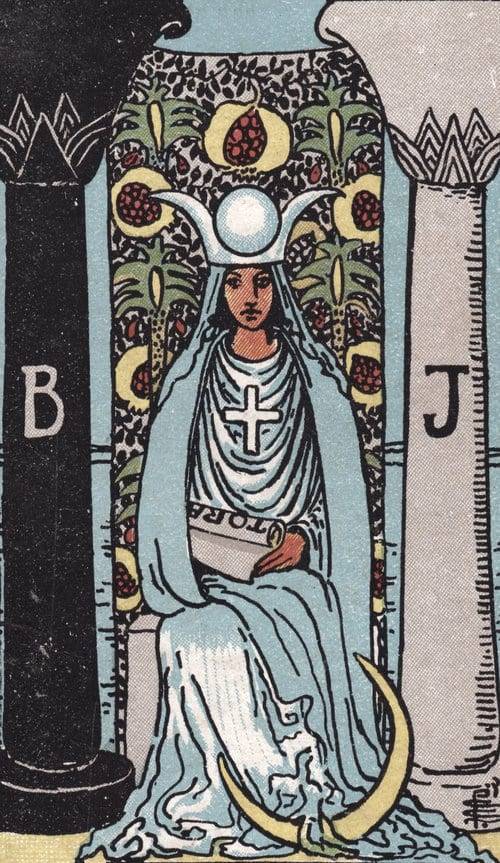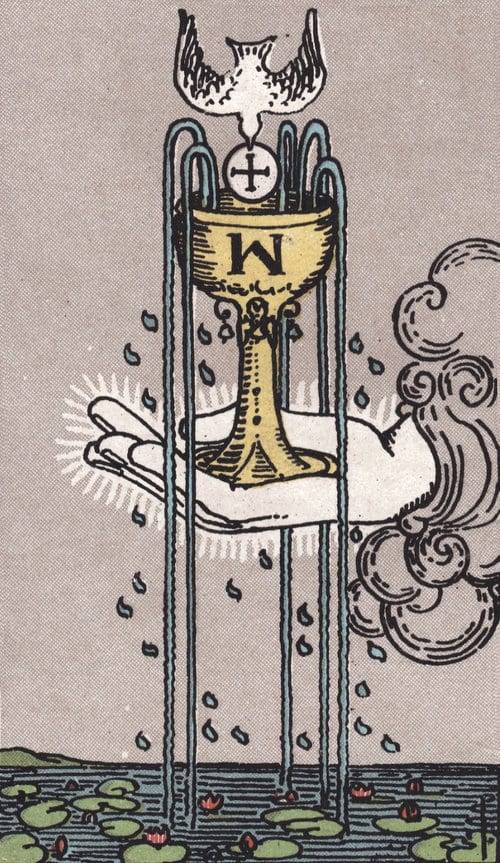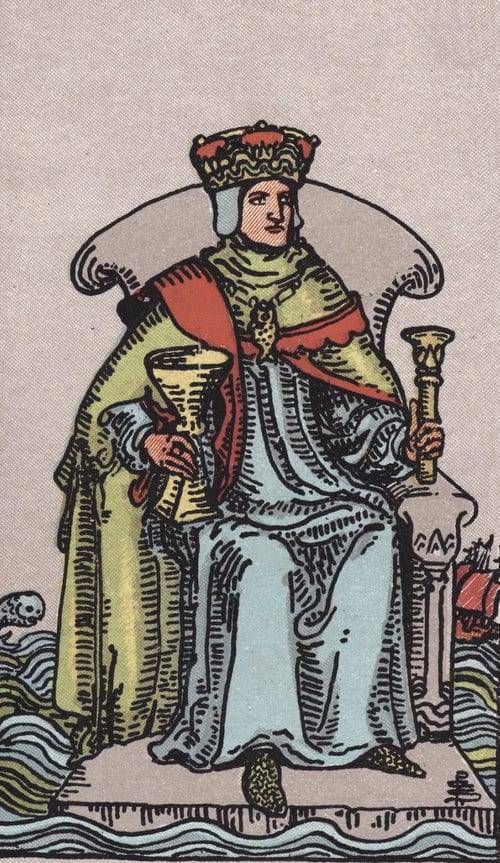The Cards
Information on the individual card meanings and associations follows the Anglo-American tradition1 of tarot. This tradition takes for its primary influence the Waite-Smith and Thoth decks. These decks, in turn, were influenced by an esoteric and syncretic approach to tarot used by the Hermetic Order of the Golden Dawn (of which both Waite and Crowley were members at one point).
The Waite-Smith deck in particular has a very wide-spread influence. I can comfortably say that the majority of the tarot decks (as opposed to other cartomantic tools such as oracle decks, Lenormand, etc.) created since the 1970s use it as the primary reference for structure and imagery. Because of its widespread influence, becoming familiar with the Waite-Smith meanings and imagery can help with accessing many different decks. Taking that a step further, knowing that Waite drew upon the Golden Dawn associations and had leanings toward Christian Mysticism help to illuminate some of the images in the deck illustrated by Pamela Colman Smith.
Ultimately, card meanings are individually crafted from experience (and are rarely static). Even (and especially) during readings, the meaning of any particular card emerges from immediacy and context from the reader and querent, and relationship to the other cards. This is the "intuitive" or "applied complexity thinking" that is key to reading, and is very much an art form. That said, I feel that learning some "traditional" meanings (which are only about a century old) can be useful as both an anchor for one beginning to work with tarot, and as a pool of potential associations for experienced readers. For the those seeking a fresh set of associations, I've added some of my own to each card as a way to spark new ideas.
Each entry shows:
- The Waite-Smith and Thoth versions of the card.
- A simplified overview of astrological and kabbalistic associations used by the Golden Dawn. These associations were (for the most part) inherited by Waite and Crowley, and directly figure into the symbolism in many cards in both decks.
- Abridged keywords and meanings from Waite, Crowley, and the Golden Dawn.
- A synopsis of potential meanings and associations derived from my experience with the card, and influenced by the "traditional" meanings of Waite, Crowley, and the Golden Dawn. This synopsis creates a miniature portrait of the card's "personality"--my preferred way of viewing an individual tarot card.
- For the Majors, a section containing a poem and introspective question prompts composed during my Journeys into Tarot project (of which the Major Arcana section is a revision and expansion).

Major Arcana
These are the "Majors", "Trumps", or "Keys" numbered 1-21 (with the Fool as either 0 or unnumbered), often using Roman numerals. The Major Arcana typically point to deeper / more abstract / archetypal forces in play, as opposed to the more worldly, day-to-day, or personal associations found in the Minor Arcana.
- The Fool
- The Magician (Magus)
- The High Priestess
- The Empress
- The Emperor
- The Hierophant
- The Lovers
- The Chariot
- Strength (Fortitude/Lust)
- The Hermit
- The Wheel of Fortune
- Justice (Adjustment)
- The Hanged Man
- Death
- Temperance
- The Devil
- The Tower
- The Star
- The Moon
- The Sun
- Judgment (Aeon)
- The World (Universe)

Minor Arcana
The Minor Arcana (the "pips" numbered one through ten for each suit) are enfolded potential stories of living as an embodied human in this world and the events played out on its stage.

Court Cards
While part of the Minor Arcana, the Court cards (Kings, Queens, Knights, and Pages) are different enough in character to warrant their own section.
- The Kings (Knights 2)
- The Queens
- The Knights (Princes 2)
- The Pages (Princesses 2)
References
The primary sources for the associations and meanings on each page are selections from Waite, Crowley, and Regardie. If you are interested in learning more of the esoteric side of tarot, I recommend reading the thoughts and intentions by Waite and Crowley, and the record of Regardie on the Golden Dawn teachings. The other sources are secondary references. Huson's book in particular is a necessary read for those who want a historical context and a broader picture of the development of using tarot for divination prior to the Golden Dawn. DuQuette makes the Thoth tarot more accessible to those new to the deck. Chang's book is one of my new favorites that is packed full of tables and illustrations that arranges and summarizes astrological, kabbalistic, and other correspondences in a fresh way. There are many, many great tarot books and references; those below are those that directly figured into the pages of the Cards section, though several others have lent their influence behind the scenes.
Chang, T. Susan. Tarot Correspondences: Ancient Secrets for Everyday Readers. Llewellyn, 2018.
Crowley, Aleister (The Master Therion). The Book of Thoth. 1944. Weiser Books, 2011.
DuQuette, Lon Milo. Understanding Aleister Crowley's Thoth Tarot. Weiser Books, 2003.
Huson, Paul. Mystical Origins of the Tarot: From Ancient Roots to Modern Usage. Destiny Books, 2004.
Regardie, Israel. The Portable Complete Golden Dawn System of Magic. 1984. New Falcon Publications, 2013.
Waite, A.E. The Pictorial Key to the Tarot. 1911. Dover, 2005.
Notes
1 This is in contrast to the Continental or European tradition that primarily uses Marseilles - and Italian-styled decks, or those cards that follow Etteilla's attributions.
2 Decks based on on the Thoth deck use Knights in place of Kings, Princes in place of Knights, and Princesses in place of Pages.

